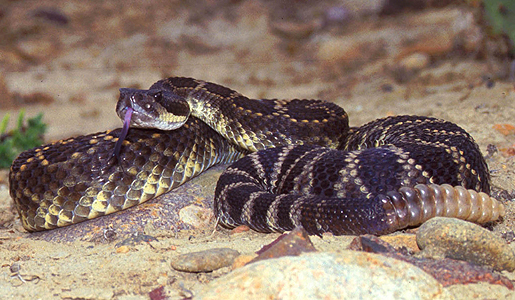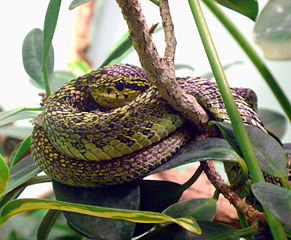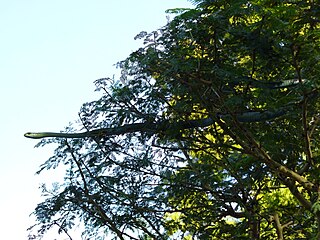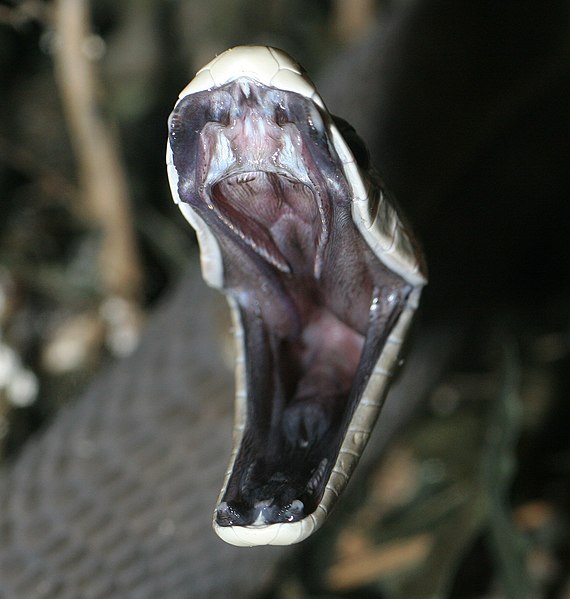I’ve spent decades working with venomous snakes, setting-up snakebite protocols in zoos, and responding to snakebite emergencies. Today, I’m sometimes criticized for my strong stand against the keeping venomous snakes in private collections. But I have learned that, even under the best of circumstances, treatment can be hampered by gaps in our knowledge. For example, we know that the chemical characteristics of venom vary over the ranges of certain species. This can affect treatment, and, as we’ll see below, may mean the difference between life and death for a victim. In fact, the venom of some Southern Pacific Rattlesnakes is so unique that it is unaffected by the antivenin currently in use! Are they the most dangerous snake in the USA?
Category Archives: Venomous Snakes
Feed SubscriptionVenomous Reptiles – Newly Discovered Viper is an Endangered Species
Guifarro’s Palm Pit Viper (Bothriechis guifarroi), recently described as a new venomous reptile species in the journal Zookeys, may already be in danger of extinction. In an attempt to draw attention to its plight, the newfound snake has been named after Mario Guifarro, a conservationist murdered for his work within its habitat. Three other arboreal pit vipers have been uncovered in recent years (please see below)…each also faces an uncertain future.
I’ve had the good fortune of working with several Bothriechis species at the Bronx and Staten Island Zoos. Although somewhat similar in external appearance, each inhabits a unique habitat, or niche within a habitat, and they can teach us a great deal about how snakes evolve and partition resources. Guifarro’s Palm Pit Viper is the 10th species to be included in the genus (the last to be described was B. thalassinus, in the year 2000), but I’m sure more await discovery. Read More »
Venomous Pythons? – Snakebite Victims Benefit from New Research
In recent years, researchers have found toxins in a wide array of snakes and lizards formerly believed to be harmless…even the Bearded Dragon is not above suspicion (please see below), but venomous pythons? While working at the Bronx Zoo, I was several times called upon to assist in confiscating snakes that had appeared in the pet trade before we learned of their potentially lethal venom (i.e. Asian Watersnakes, genus Rhabdophis). All evidence of toxicity must be taken seriously…bear in mind that both the Boomslang and Savanna Twig Snake were thought to be harmless until each killed a prominent herpetologist! The recent discovery of toxins in the mucus of certain pythons poses a unique and unexpected concern for snakebite victims.
Python Venom
Studies at the University of Queensland have revealed the presence of toxins in the mucus of several python species. Described as “relic venom”, they occur in only trace amounts. In common with many other snakes, pythons may have relied upon venom at some point in their evolutionary history. Although they no longer utilize venom to overcome prey or defend themselves, pythons continue to produce some toxic compounds. While some snakes bear toxins that target specific animals (i.e. Tentacled Snakes, Erpeton tentaculatum, which prey upon fish), python toxins seem to have no use, and pose no danger to people.
The toxin molecules thus far identified in pythons differ from those found in any known venomous snake. Being so chemically unique, they are of great interest to those seeking to develop new chemical compounds and medicines. Read More »
Africa’s Deadliest Snake? Black Mamba Habits, Venom and Behavior
As any experienced reptile enthusiast knows, accounts concerning the size and aggressive nature of various snakes are usually highly exaggerated. The Black Mamba, however, comes close to living up to the legends that surround it, and has long been among the most feared of all African snakes. In the course of a lifetime spent working with venomous snakes in the wild and captivity, I’ve come to regard it as deserving of a special degree of respect. Today we’ll take a look at its natural history and behavior.
Description
The Black Mamba is the longest of Africa’s many venomous snakes. It is slender in build and averages 8-9 feet in length, but 14 footers have been recorded. Also very agile and fast-moving, several individuals have been clocked at 12.5 miles per hour. Black Mambas often travel about with the head held high, in a manner similar to that of North America’s Black Racer.
The “black” part of its common name is derived from the color of mouth’s interior, which is displayed when the animal is threatened (North America’s Cottonmouth behaves in a similar fashion). The body color may be various shades of brown, olive or gray, but is never black.
Black Mamba Memories – Working with one of the World’s Deadliest Snakes
As a small boy, I devoured the books of Messrs.’ Ditmars, Kauffeld, Whittaker, Sanderson and others who sought out snakes in their natural habitats. The formidable Black Mamba, (Dendroaspis polylepis), accorded respect by all, was given a special place of honor by legendary snake man C.J.P. Ionides in Mambas and Maneaters. Although I was eager to expand my snake hunting experiences, these authors convinced me that this longest of Africa’s venomous snakes was better observed than handled. Fate intervened, however, and I wound up working closely with what has been described as “Africa’s deadliest snake”. Accounts of the recent escape of a Black Mamba from the Pretoria Zoo brought an experience of my own back to mind…
Handling Mambas and Cobras
Zoo-based reptile keepers such as I handle thousands of venomous snakes over the course of their careers. A snake hook generally fits the bill for routine tasks. The Black Mamba, King Cobra and several related species, however, present special challenges, especially when they reach full size. Quick, high-strung, and seemingly more alert and intelligent than others, many Elapids (cobras, mambas and their relatives) are difficult to move via snake hooks….all old reptile keepers have their stories. You can read about my adventures with an escaped King Cobra in this article.
I was fortunate in having had the benefit of working with several older, well- experienced keepers, and had no illusions about “proving” myself when it came to cobras and mambas. I feel that “discretion is the better part of valor” where they are concerned, a belief confirmed by observations made in the course of responding to many snakebite emergencies over the years. Whenever possible, I relied upon shift cages or other “tricks” (please see article below) when I needed to move a mamba.
 That Reptile Blog – Reptile, Amphibian and Exotic Pet Care and Information
That Reptile Blog – Reptile, Amphibian and Exotic Pet Care and Information





